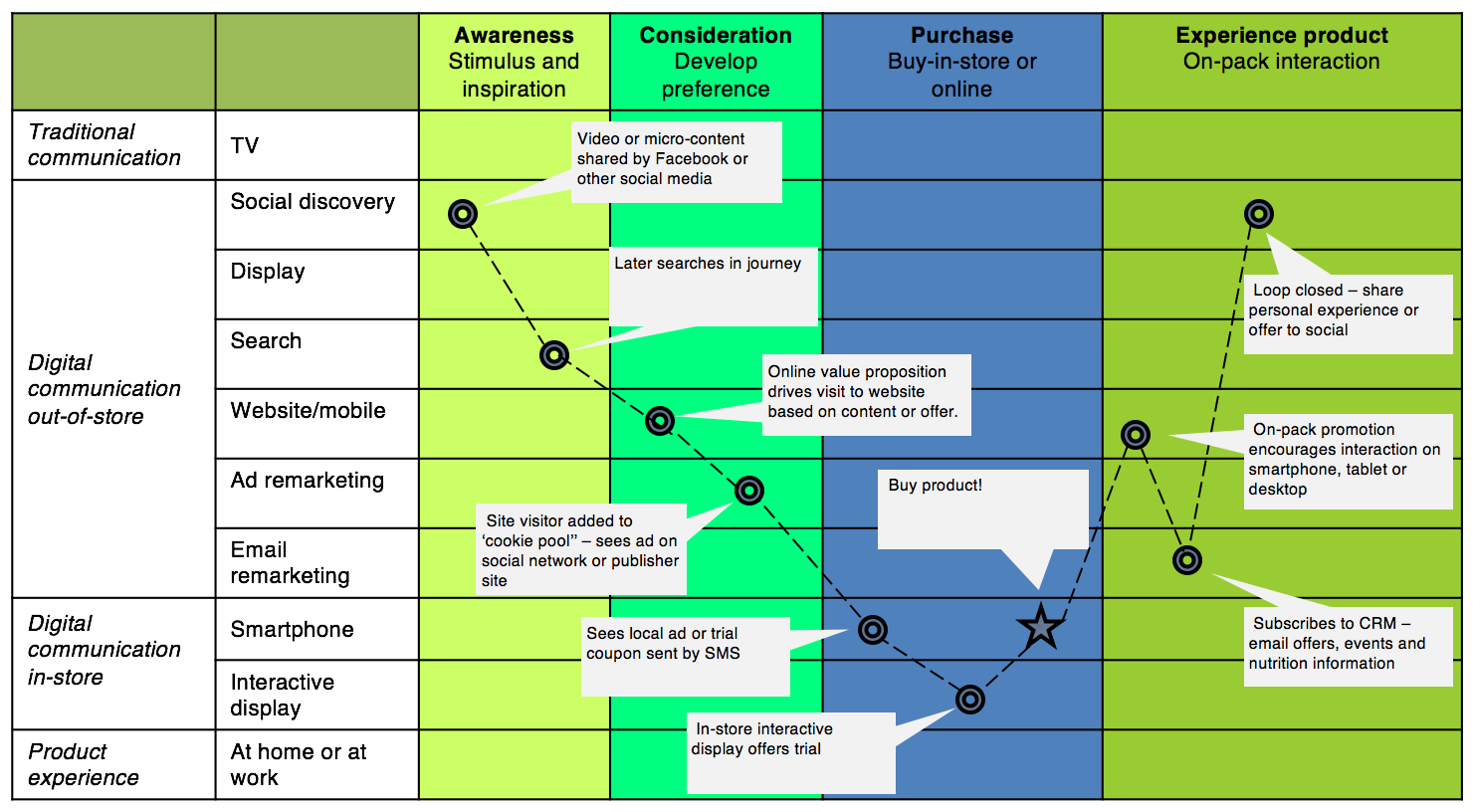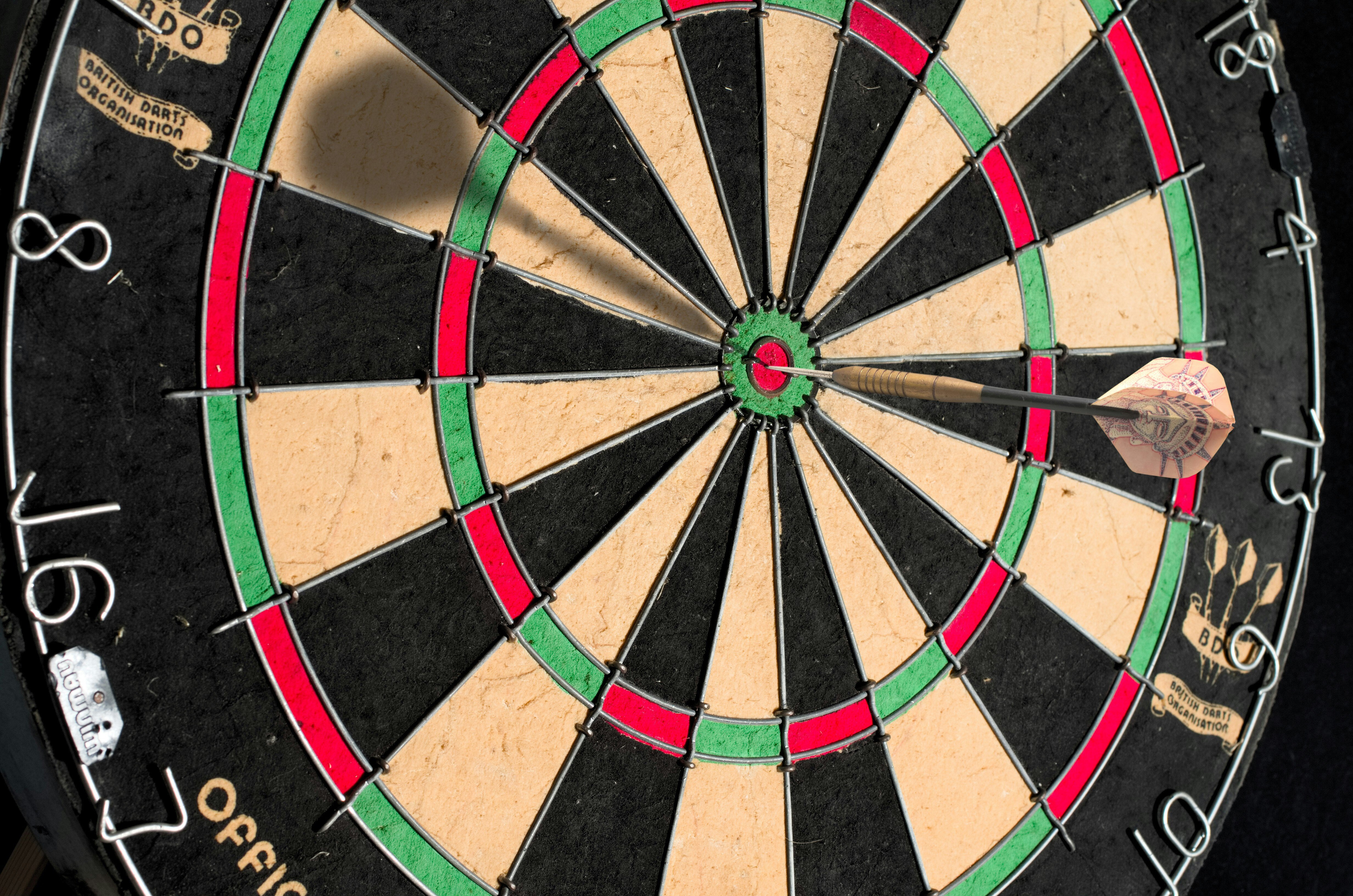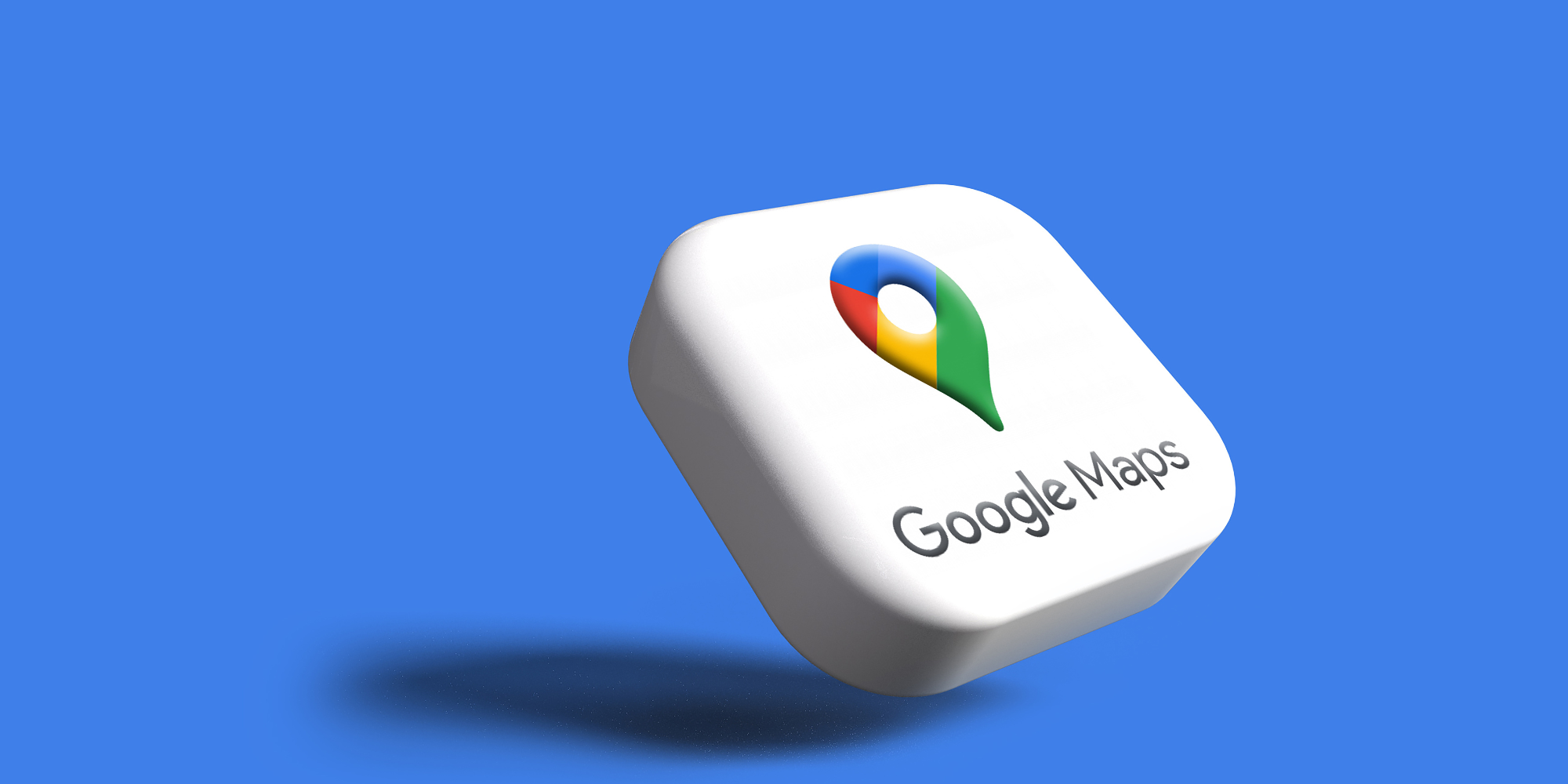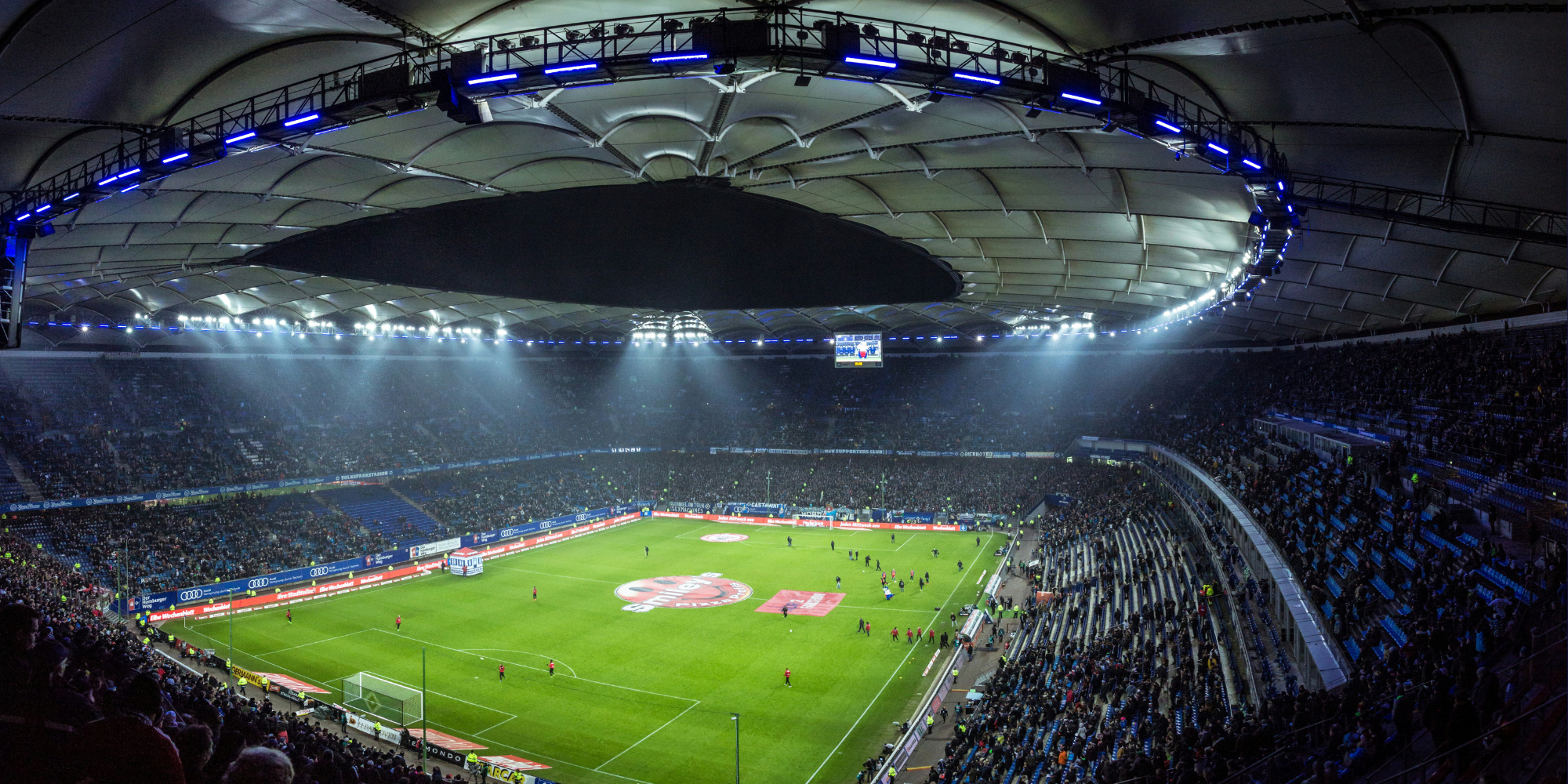August Round-up: Better Meta Targeting, Google Glitch & UX Best Practice
The latest version of our newsletter should have settled in your email inbox, detailing the need-to-know information and must-read thought leadership...
Read moreDr Dave Chaffey lists the features of a "perfect" customer journey, and how to integrate this with your marketing efforts.
I'm a huge fan of using customer journey mapping to improve marketing. Creating journey maps helps make our marketing activities more customer-centric and integrates different activities, both through time and across multiple channels. What's not to like?
That said, it sometimes seems to me that customer journeys are mere "eye-candy" and have been designed to look great when agencies are pitching, rather than being practically useful, as a tool to help review "always-on" marketing and identify improvements. We use maps both for reviewing communications strategy for clients and more detailed analysis of how customer journeys on site, looking at forward and reverse paths for different media that are visiting site.
To think through how you use customer journey mapping and how to check you combine both the strategic and practical, here are my recommendations on the Perfect Customer Journey Map. These recommendations are based on consulting when I have reviewed many different approaches from different B2B and B2C agencies over the years. I have created a best practice approach shown via the templates and examples available in the Smart Insights Persona and Customer Journey Mapping Template.
But what are the essential features of a customer journey map?
We've said that part of the value of journey maps is that they help to make sure our communications are based on the customers' behaviours and needs and, in particular, how they buy. So the place to start a journey map is to consider what type of prospect or customer our communications are aimed at. What is their product or service interest?
It make sense to start with the primary persona - your ideal customer, or for design purposes, a persona that is challenging to communicate with.
By convention, different stages in the customer journey are summarised from left to right across the page.
You should break down the buyer journey into different stages of brand awareness, familiarity and purchase intent. Usually 3 or 4 stages should suffice as in this HubSpot journey example.
Mostly the user journey involves multiple channels, so you need to consider how you will show these on the left of the map. These may be a combination of online and offline channels depending on how important online or offline communications are to your audience.
Here is a simple example for a retail product from my book: Digital Marketing Strategy: Implementation and Practice.

As I mentioned at the top of the article, journey maps should have a purpose in the real-world beyond "eye-candy". To help with this, think how the journey maps can be used to review existing processes and proposed processes to identify improvements.
To bring the journey to life, you can show typical media touch points that are used to generate awareness or drive visits to a website. In the example above, social discovery using Facebook is called out, together with techniques like ad or email re-targeting.
In more detailed customer journey maps or personas, you may want to add key messages for the persona which help to explain the category or position your company in mind of the audience by explaining differentiating features.
In some industry categories, where search intent is important, you may want to summarise how typical types of search vary as the prospect moves from discovery to honing in on their task and refining their search. For example:
Again, for operational value, you can analyse which content is available on-site to support the site visitor in their buying decision. These can also include relevant interactive tools, e.g. in the example above a product comparison tool.
Benchmarking the quality of content and related tools compared to competitors is really useful at this stage.
To analyse the effectiveness of journeys at a more micro-level for a single site visit, Google Analytics should be used. Some of the techniques we use include:
Finally, a reminder that the journey map is not just a static ideal customer journey. Instead, it should be dynamic, i.e. going back to it to use a gap analysis to highlight weaknesses and improvements. This can be achieved through a Google Analytics review and benchmarking.
If you'd like to find out more about our services, including HubSpot and user journey mapping, get in touch with our experts today.
More articles you might be interested in:

The latest version of our newsletter should have settled in your email inbox, detailing the need-to-know information and must-read thought leadership...
Read more
As the cost of living continues to present challenges for many Brits, an increasing number of families are choosing to holiday within the United...
Read more
Our first curated newsletter has hit inboxes, detailing all of the latest need-to-know information and sharing all the necessary thought leadership...
Read more
Over the past few years, marketing leaders have been gearing up for the inevitable 'Cookieless Future'. Safari was the first to bid farewell to...
Read more
It only seems like yesterday that it was the winter of 2022 and we were balancing Black Friday and the Qatar World Cup. Fast forward to now and we're...
Read more
There are many factors to consider when choosing an automotive dealership, with 53% of customers saying that price determines which dealership they...
Read more
Which UK-based private healthcare providers are running away with their digital presence and who needs a helping hand to take the next step? How is...
Read more
How prepared are you for planning & budgeting season? Dave Chaffey shares some of the questions you should ask yourself when planning marketing...
Read more